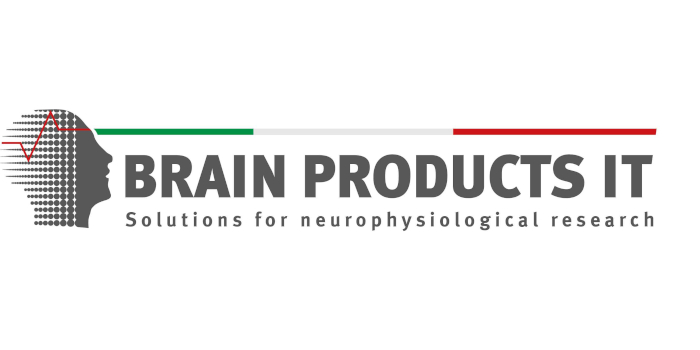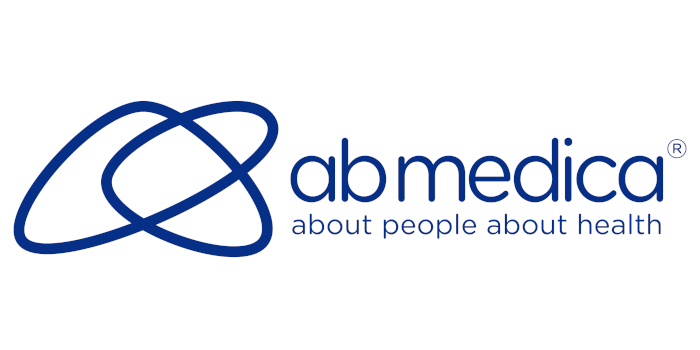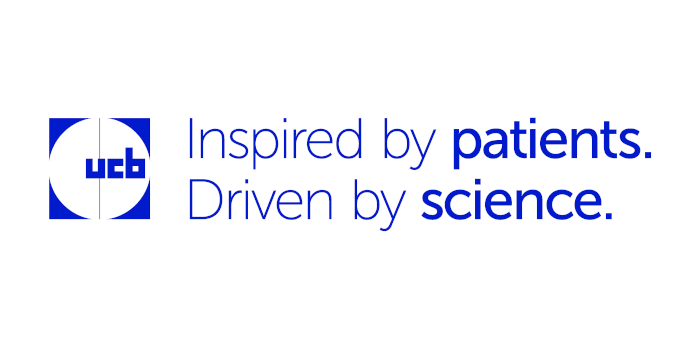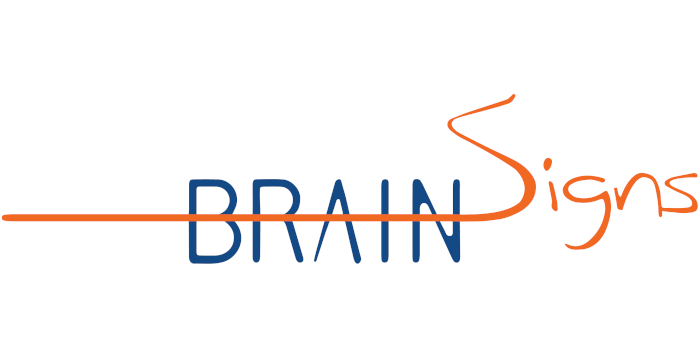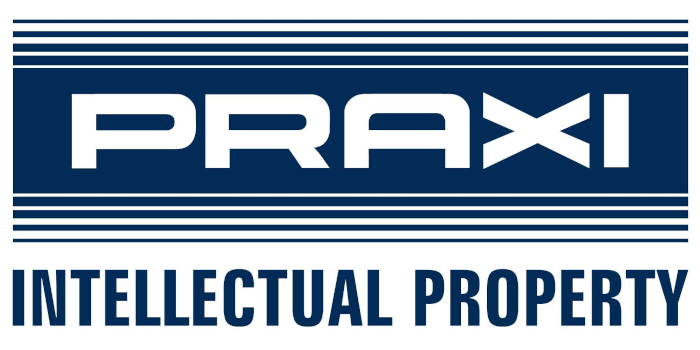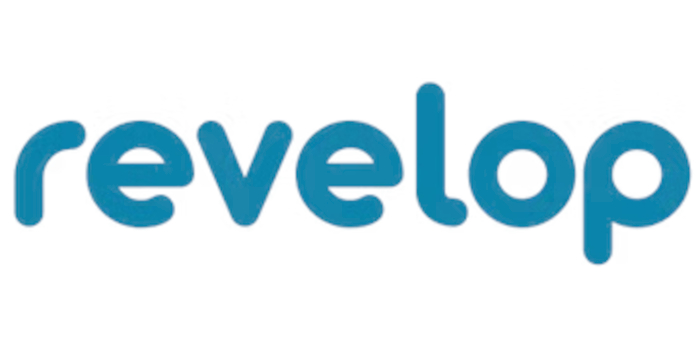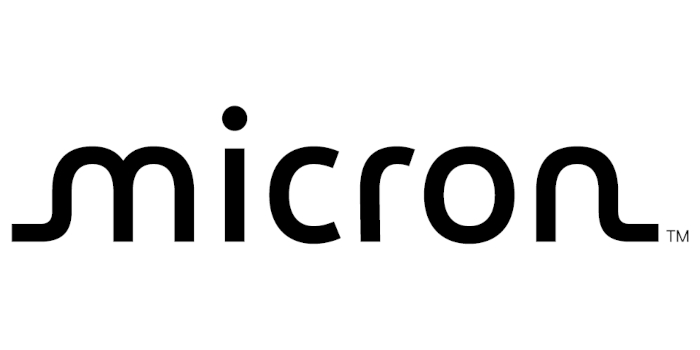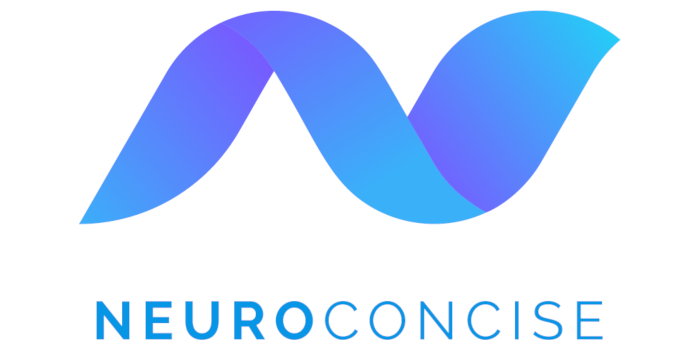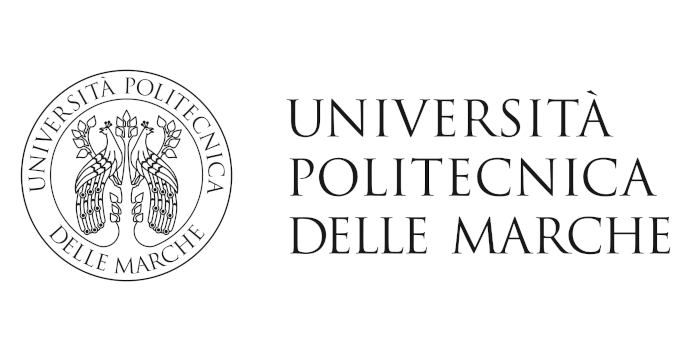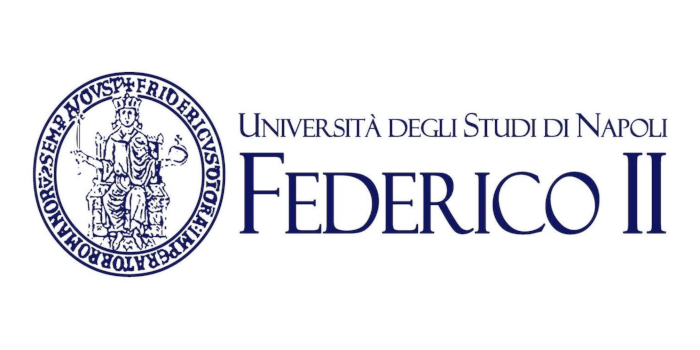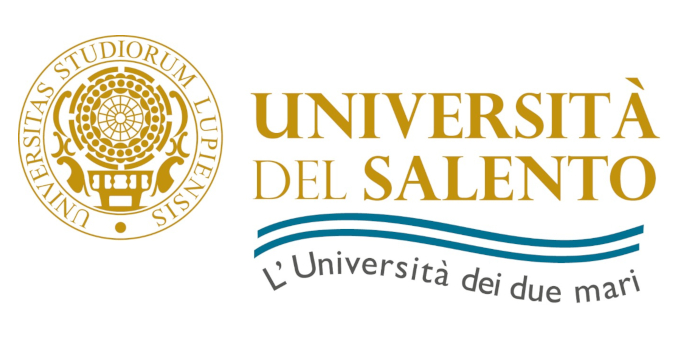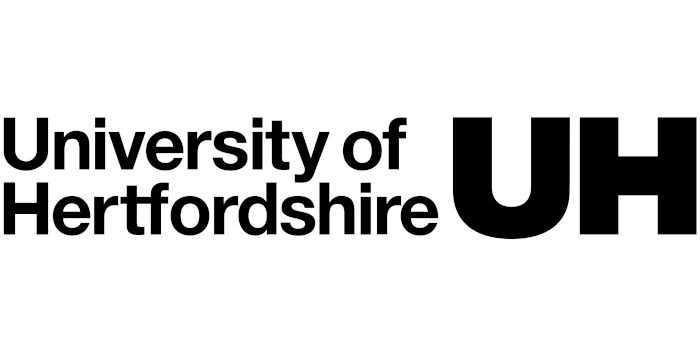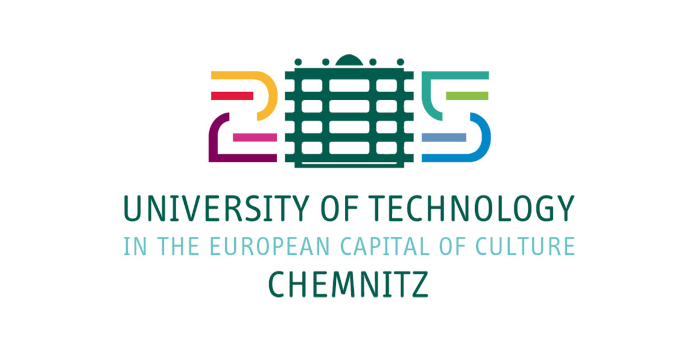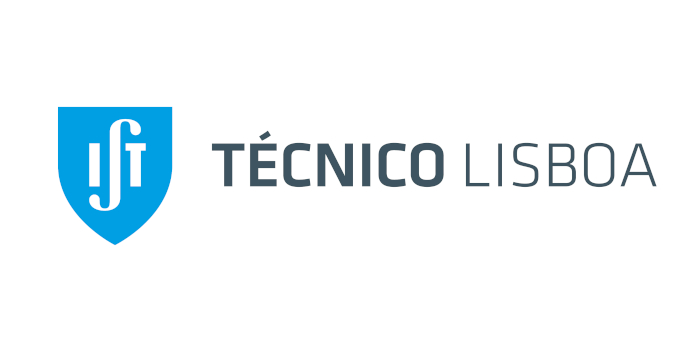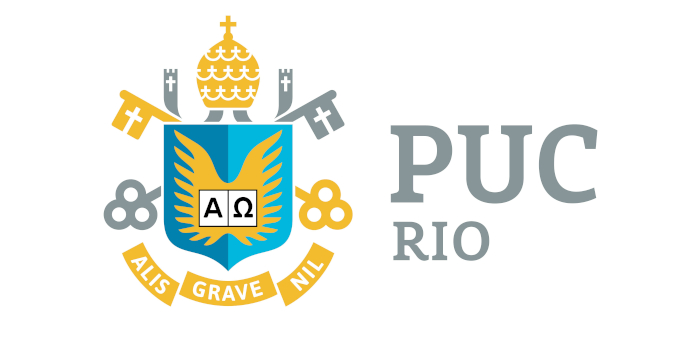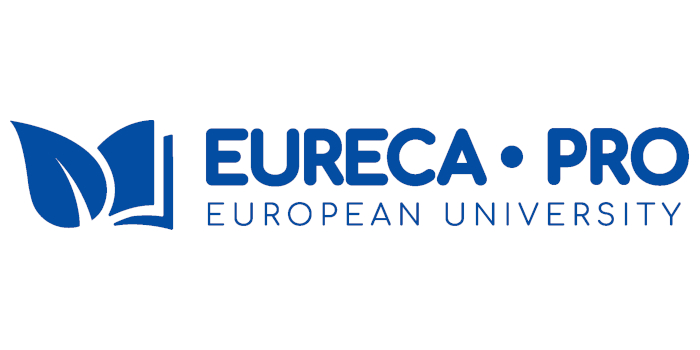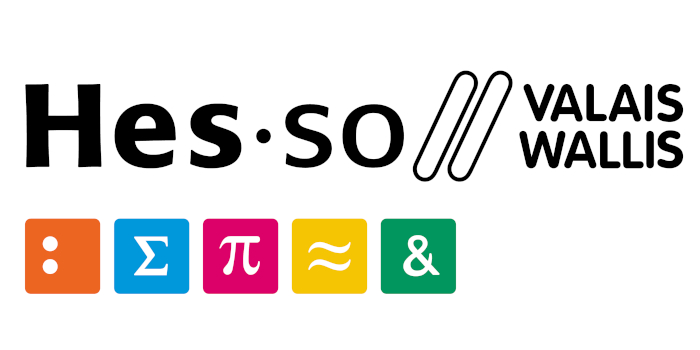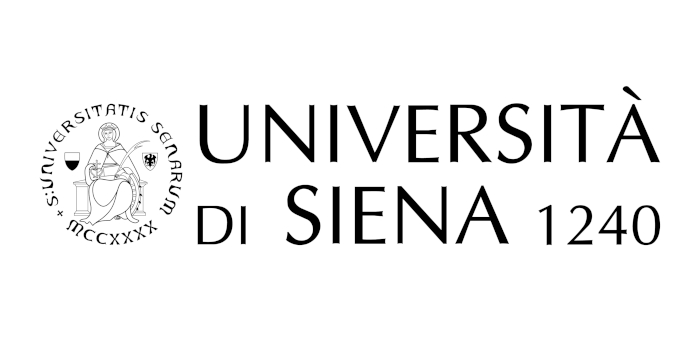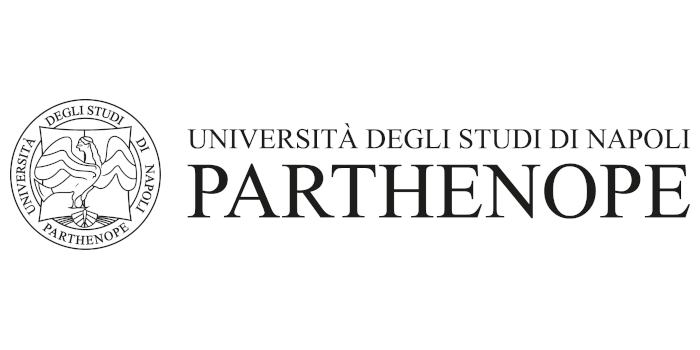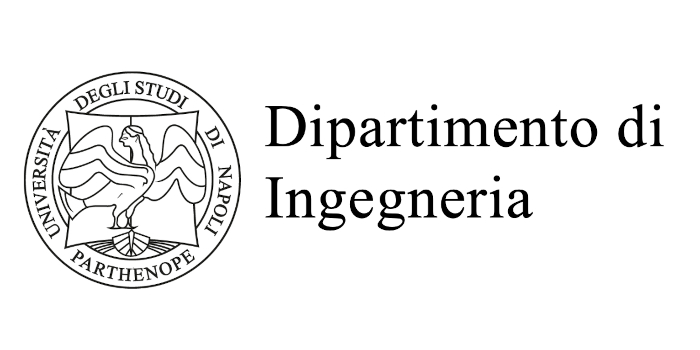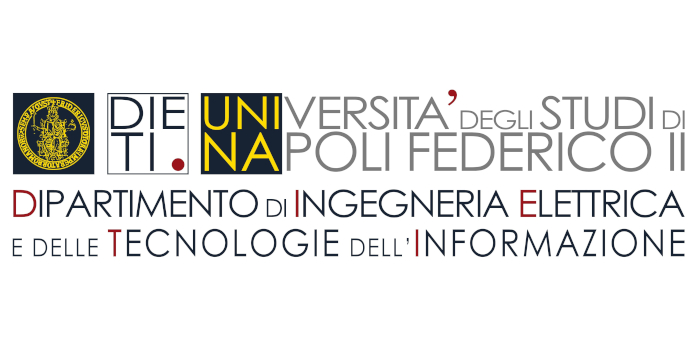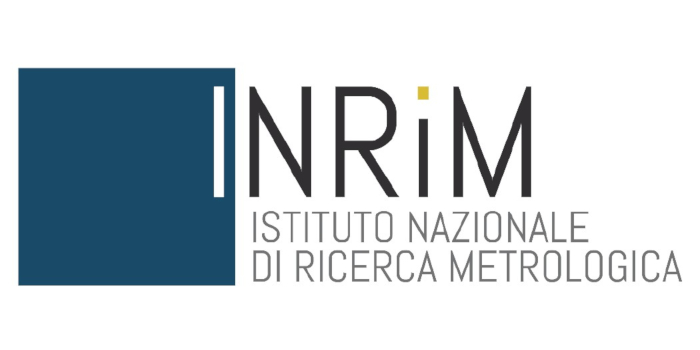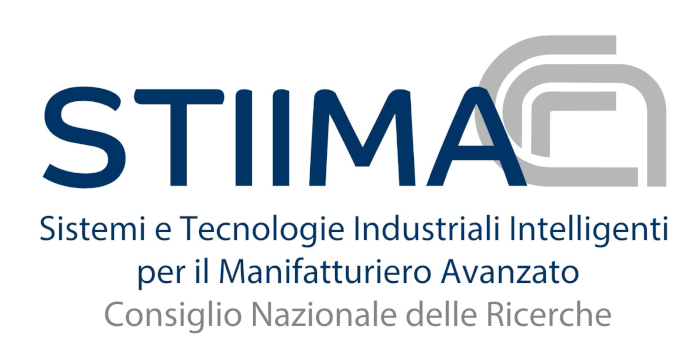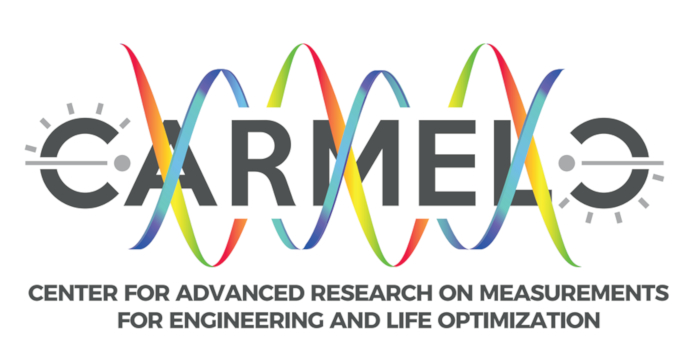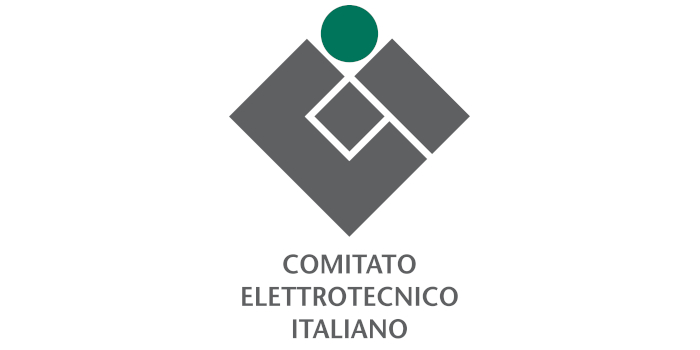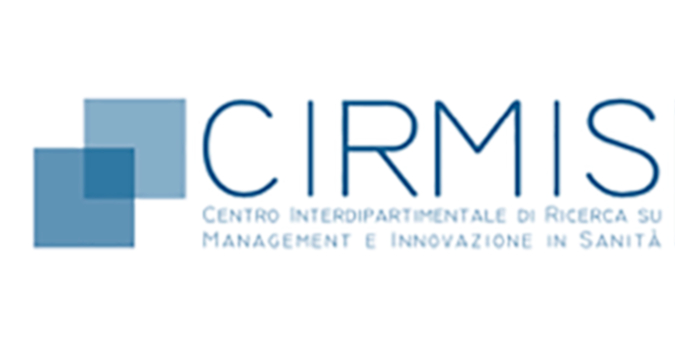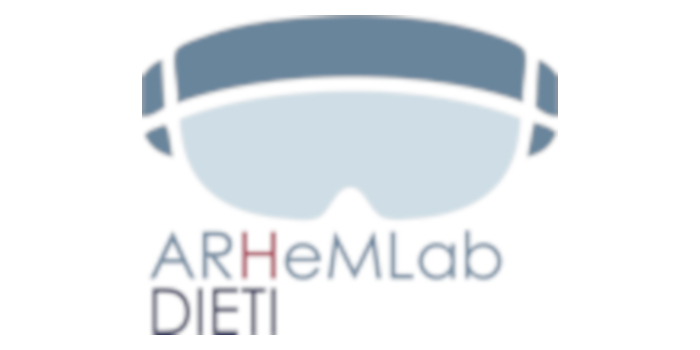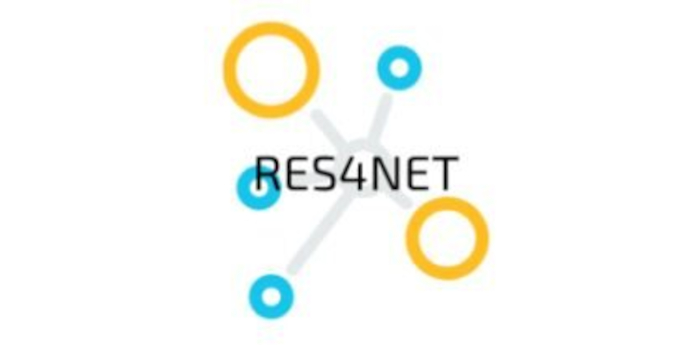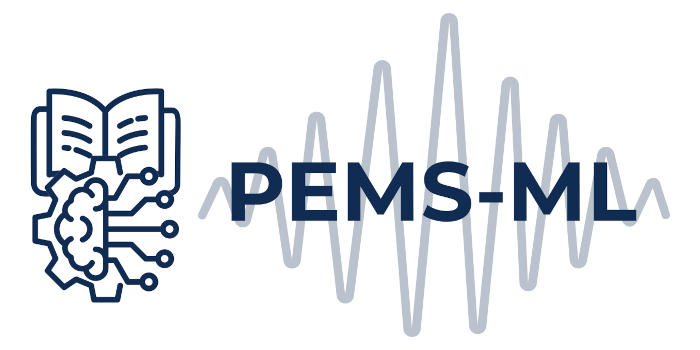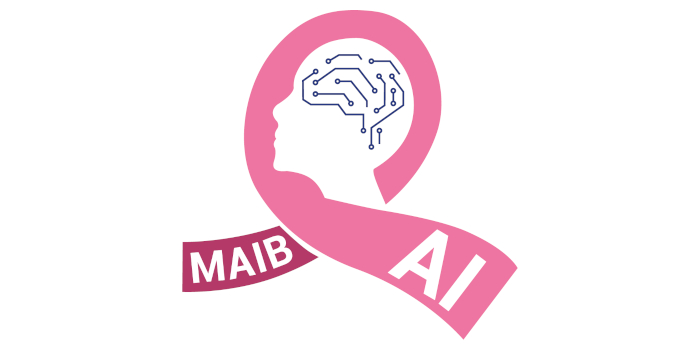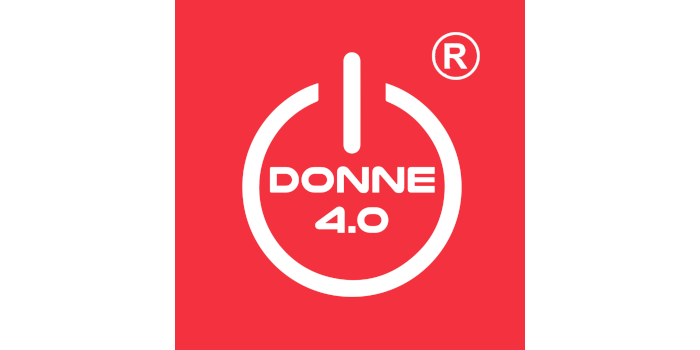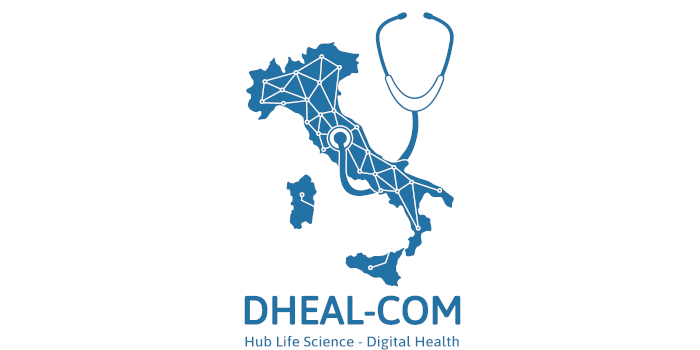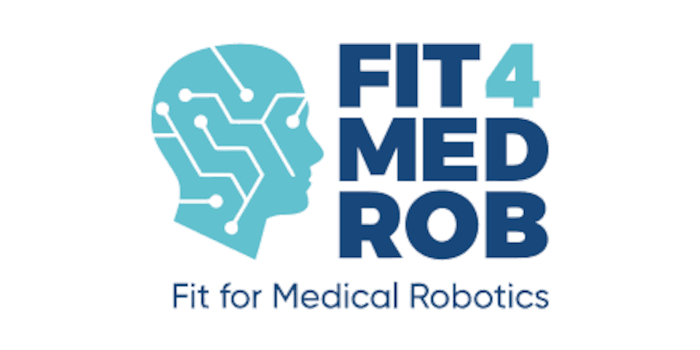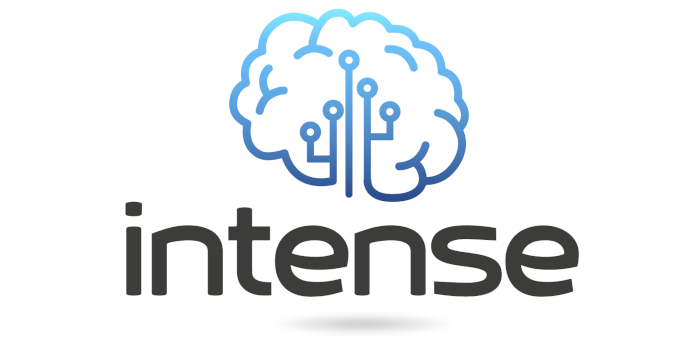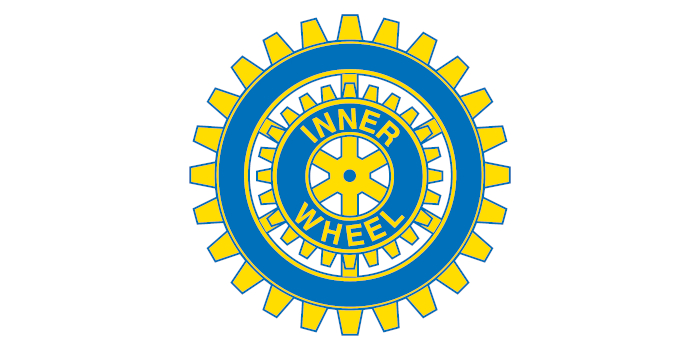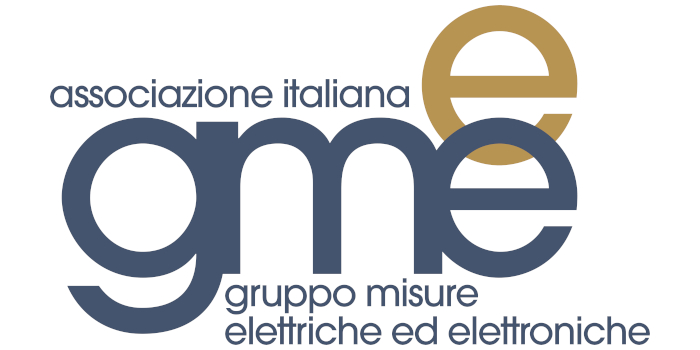CHALLENGE
Forensic Handwritten Document Analysis Challenge
Organizers
- Luca Guarnera (Ph.D.), Fellow Researcher, Università degli Studi di Catania, Italy
IEEE Member
Email: luca.guarnera@unict.it
Webpage: https://www.dmi.unict.it/lguarnera/
- Mirko Casu Ph.D. Student, Università degli Studi di Catania, Italy
IEEE Student Member
Email: mirko.casu@phd.unict.it
Webpage: https://mirkocasu.github.io/
- Sebastiano Battiato Full Professor, Università degli Studi di Catania, Italy
IEEE Senior Member
Email: sebastiano.battiato@unict.it
Webpage: http://www.dmi.unict.it/battiato/
Introduction
In this competition, participants are invited to tackle the task of binary classification for forensic handwritten document analysis using a novel dataset that will be exclusively released for this challenge. The dataset consists of handwritten documents written on paper and later scanned, as well as documents written directly on digital devices such as tablets or graphic tablets. The primary objective is to determine whether a given pair of documents were written by the same author, introducing a unique cross-modal comparison challenge.
The goal is to develop innovative solutions or architectures able to achieve higher accuracy in authorship verification. Participants will be provided with a dataset containing document pairs, each labeled to indicate whether they were written by the same individual or not. The dataset will encompass diverse handwriting styles, writing instruments, and environmental conditions, making it representative of real-world forensic handwriting analysis challenges.
The performance of the models will be evaluated based on accuracy, which will serve as the primary metric for determining the winning team. The competition aims to advance the field of forensic document analysis by encouraging participants to explore cutting-edge machine learning techniques, novel architectures, or innovative pre-processing methods to enhance cross-modal handwriting comparison.
Significance of the challenge
The Forensic Handwritten Document Analysis Challenge holds paramount importance in forensic science, writer identification, and document authentication. The ability to accurately determine whether two handwriting samples belong to the same author has profound implications in various domains, including criminal investigations, legal document verification, and historical manuscript studies. By introducing a new dataset that incorporates both scanned handwritten documents and digitally written samples, this challenge presents an opportunity to advance research by integrating multiple writing modalities into forensic handwriting analysis.
Precise authorship verification is essential for detecting document forgery, ensuring the integrity of legal documents, and strengthening forensic investigations. The challenge not only calls for innovation in developing advanced models for binary classification but also provides an opportunity to make substantial contributions to scientific and technological progress in key sectors that depend on reliable handwriting analysis.
By participating in this challenge, researchers and developers can showcase their expertise in pattern recognition, machine learning, and forensic handwriting analysis. The results could have a tangible impact on real-world applications, enhancing the accuracy and reliability of forensic handwriting examination and paving the way for more sophisticated authorship verification techniques.
Competition Website
The competition will be hosted on a dedicated server pointed by the following subdomain, on which rules, dataset, registration and submission forms will be available:
https://mfs-iplab.github.io/fhda-challenge/
The website will be online the day before the challenge registration opens, on 31/03/2025.
Competition Repository
The competition repository is available at:
Registration Form
The competition registration form is available at:
Competition Promotion Plan
The competition will be promoted using dedicated social media groups and channels. Also, mails will be sent to the most known research groups / researchers on the field. In particular, the following media channels will be considered for promotion:
- CVML mailing list
- Reddit
https://www.reddit.com/r/imageprocessing/
https://www.reddit.com/r/computervision/ - Facebook
https://www.facebook.com/groups/DeepLearnng/
https://www.facebook.com/groups/ComputerVisionGroup/ - EHT Group Factories (more than 80 companies operating in the world of research located all over italy)
Competitions Rules (registration, submission, presentation)
Participants should start preparing a descriptive text for their final submission. Top-ranked teams will be invited to present their works at the MetroXRAINE 2025 conference during a special session for the challenge. More details will be available in the web site dedicated to the challenge.
No later than 16/06/2025 participants must register at the following website (https://mfs-iplab.github.io/fhda-challenge/) where they must specify the team members (first name, last name, affiliation, email contact) and the name of their team. It will not be allowed to unify teams after the beginning of the challenge even if they belong to the same university. Training data will be released on 16/06/2025, while test data will be released on 16/06/2025.
The technical documentation that participants must submit no later than 30/06/2025 must be written in English and must contain all the details of the proposed approach (for example, if you use a deep neural network algorithm then you must describe the architecture used, the parameters, etc.) and the results obtained, as well as the comparison with the methods reported at the following link: (https://mfs-iplab.github.io/fhda-challenge/).
For this purpose, templates will be provided to compile the report containing the details of the proposed method and the csv file containing the results. All templates will be available at the following link: (https://mfs-iplab.github.io/fhda-challenge/).
The Competition Schedule
The challenge will be organized on the following time-schedule:
- 31/03/2025: Competition website online
- 31/05/2025 – 16/05/2025: Registration
- 14/04/2025: Release of training set
- 16/06/2025: Release of test set
- 20/06/2025: Deadline for result submission
- 25/06/2025: Final ranking publication
- 20/07/2025: Deadline for paper submission
Publication Plan
The best selected solutions will be described in a challenge report paper. The paper will include the most significant works and their findings.
In addition to the IEEE MetroXRAINE 2025 challenge presentation, the authors of the best selected works will be invited to submit their contribution to a special issue of a valuable Journal.


